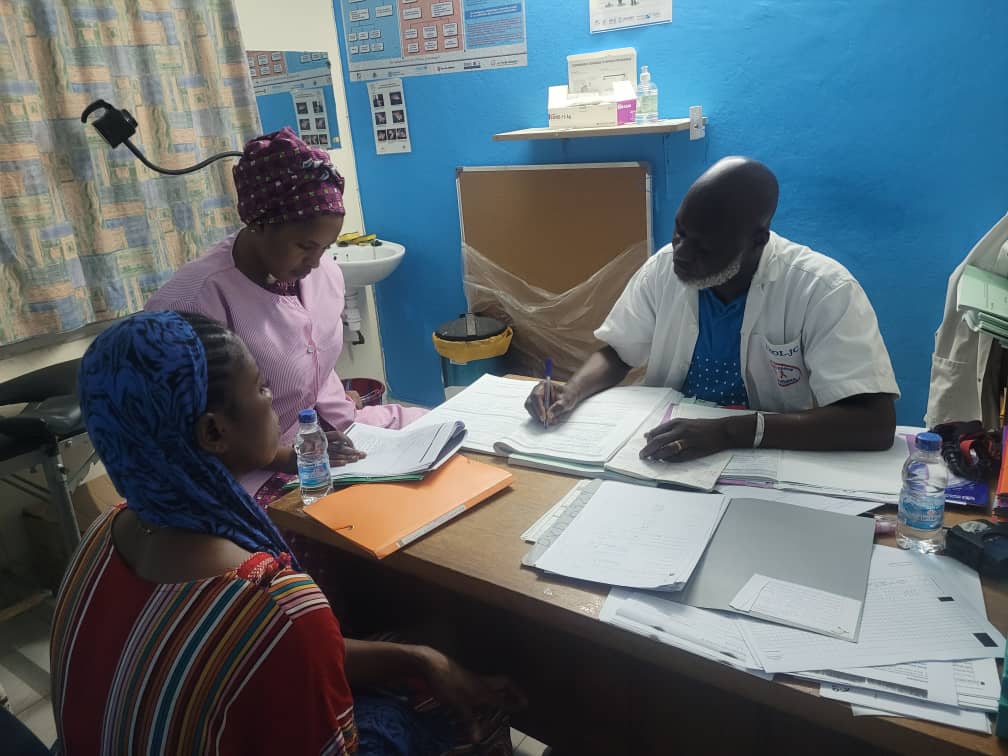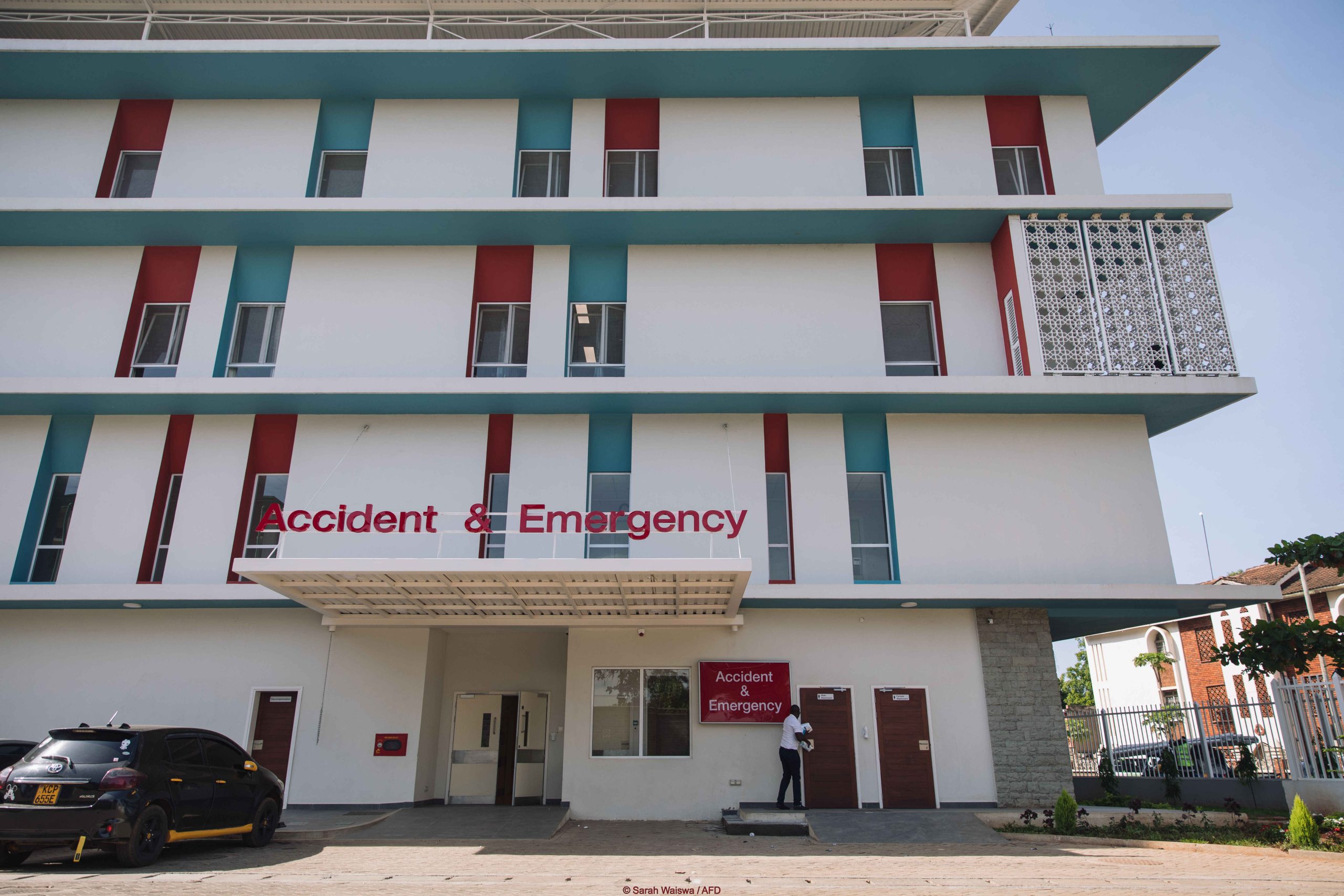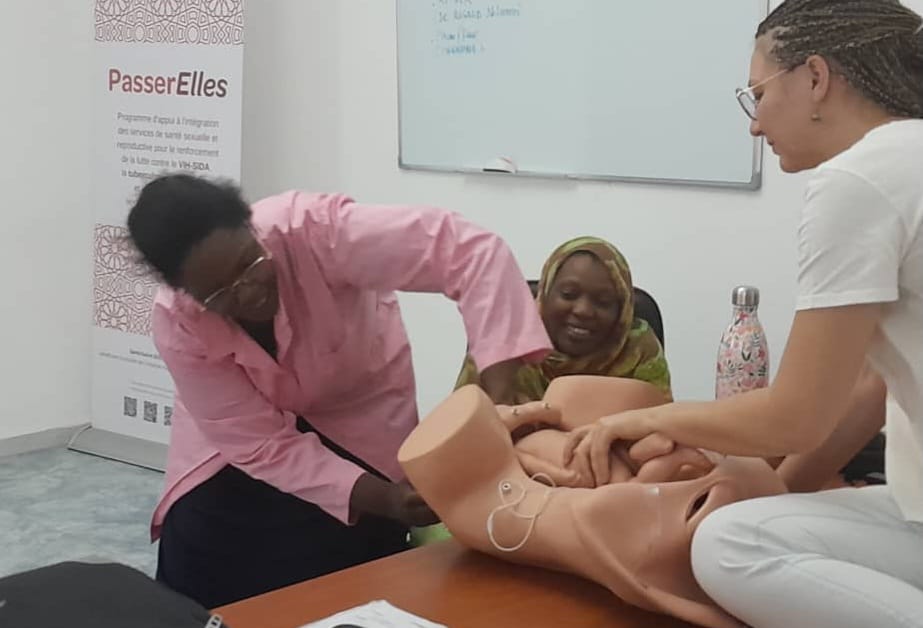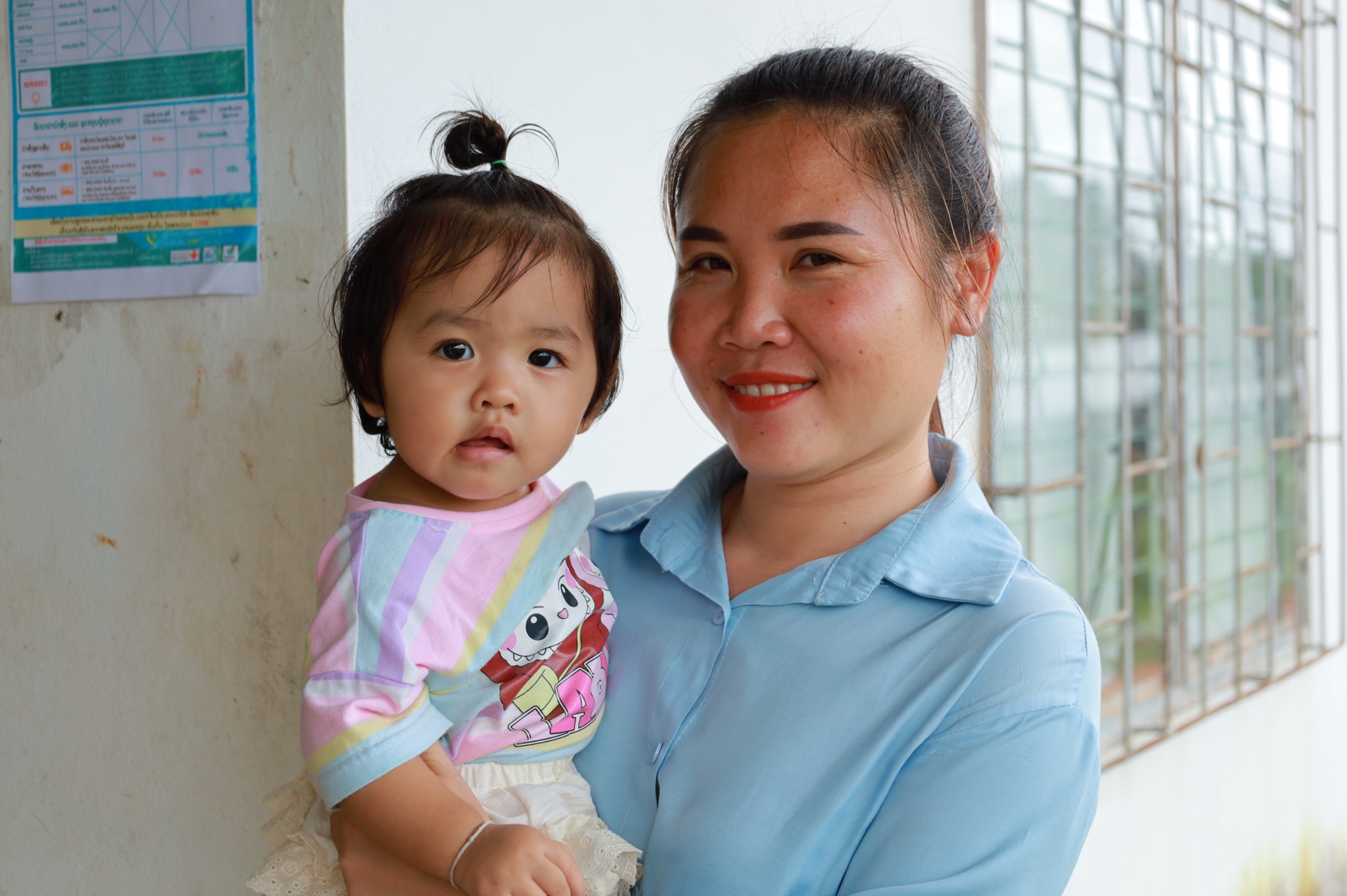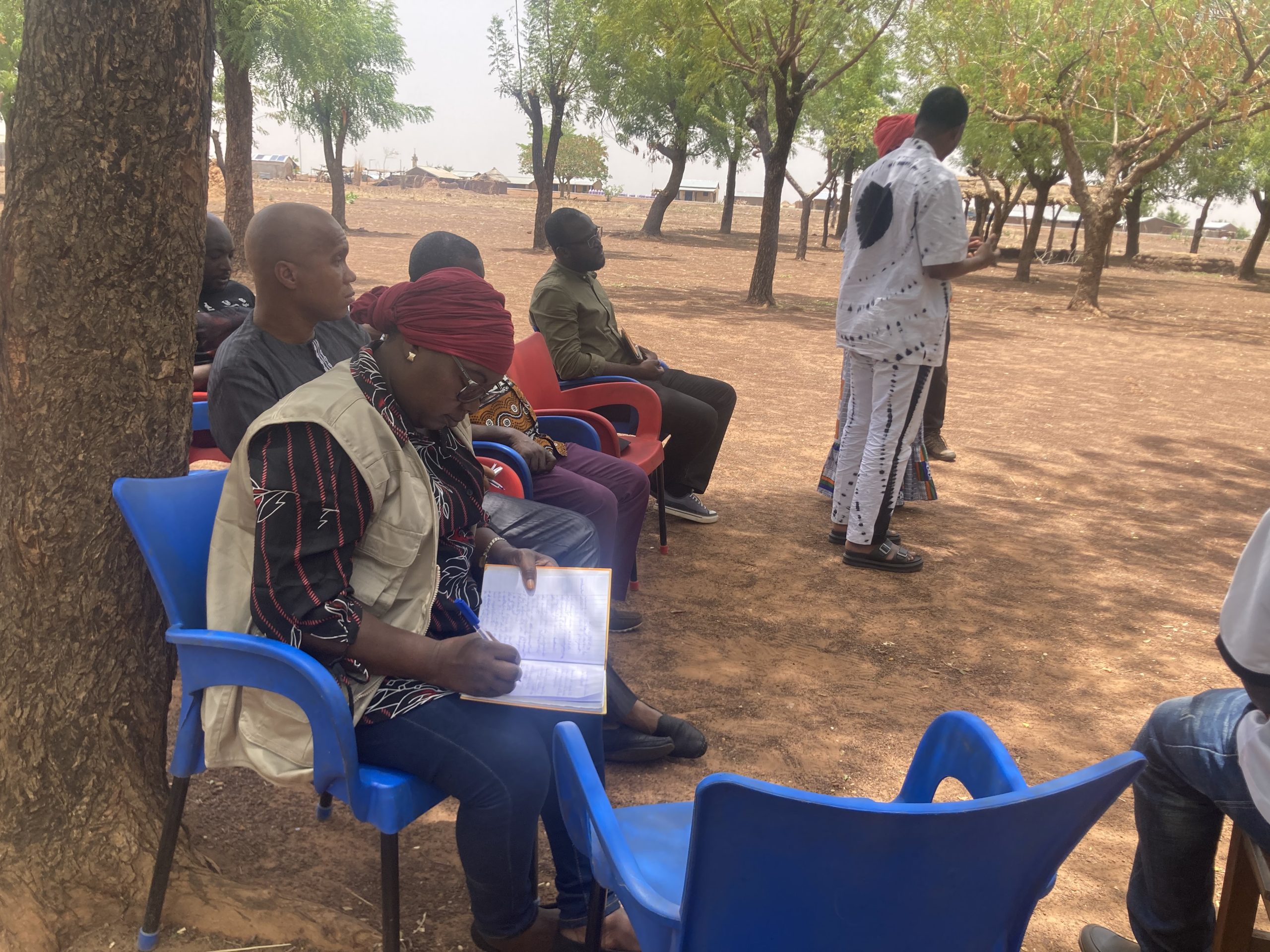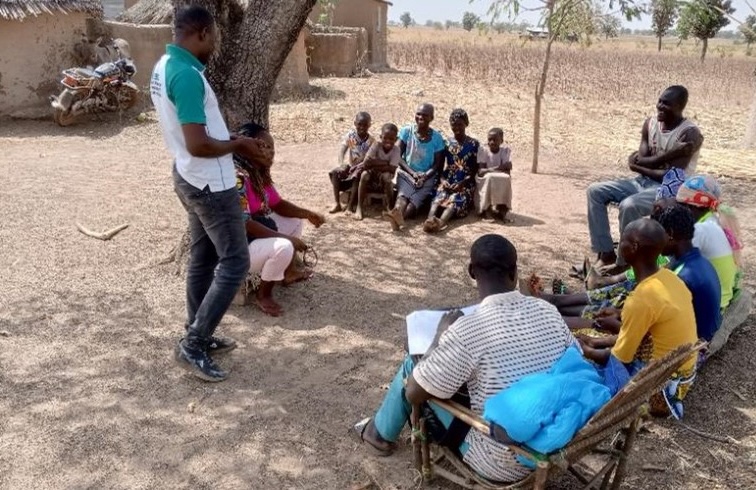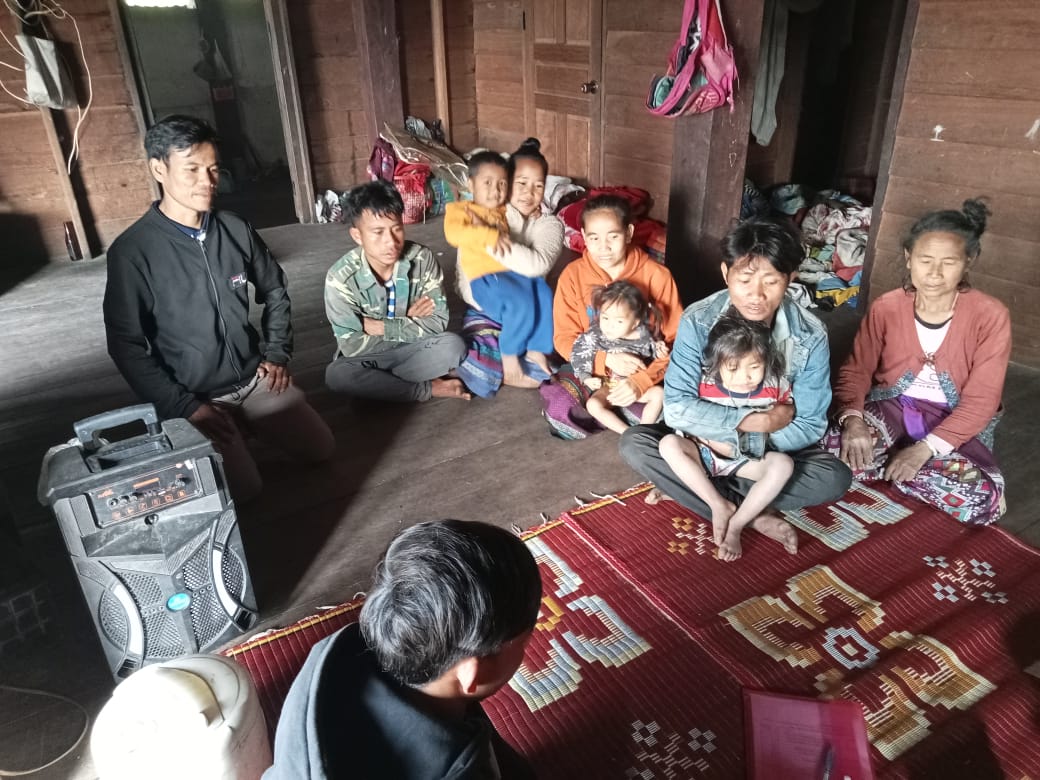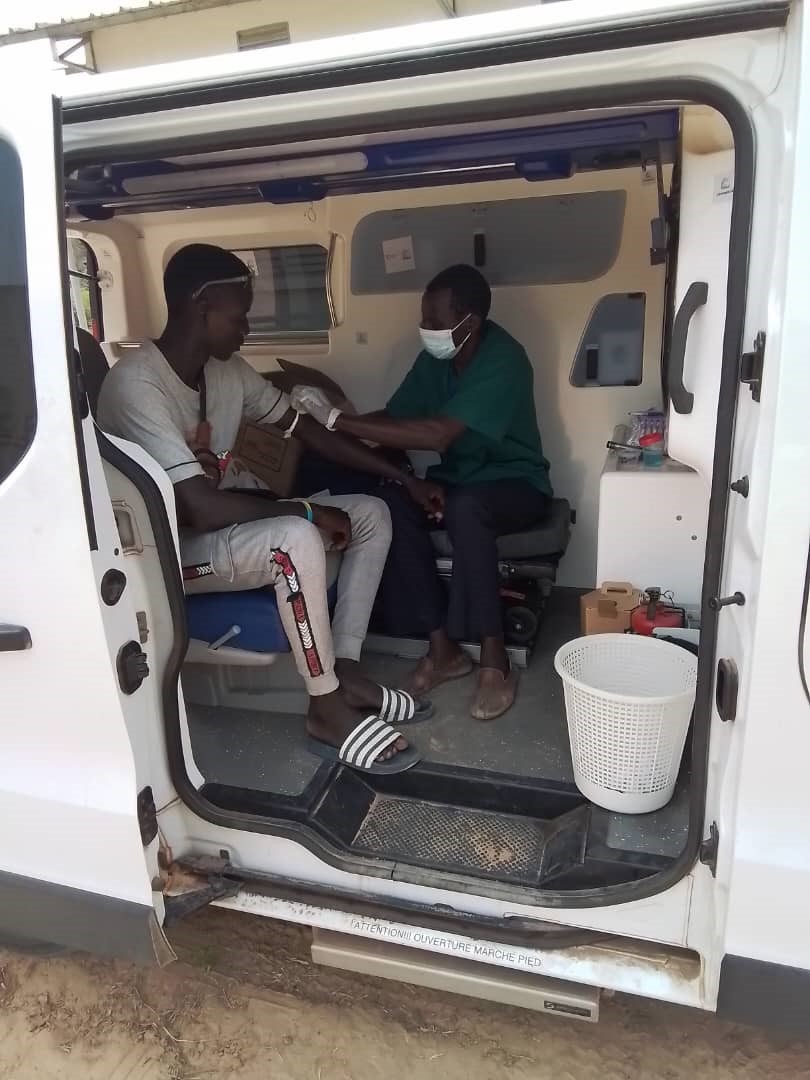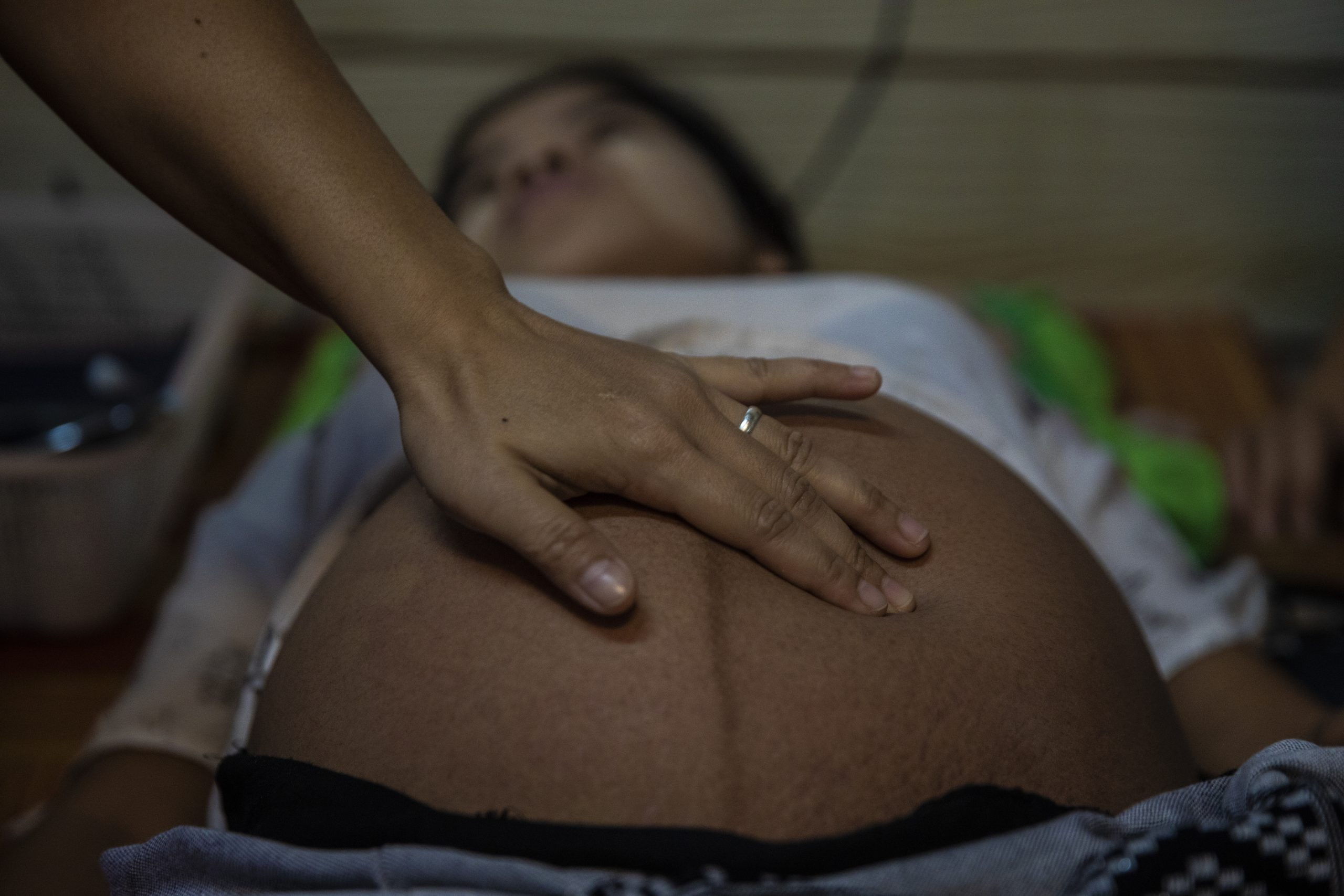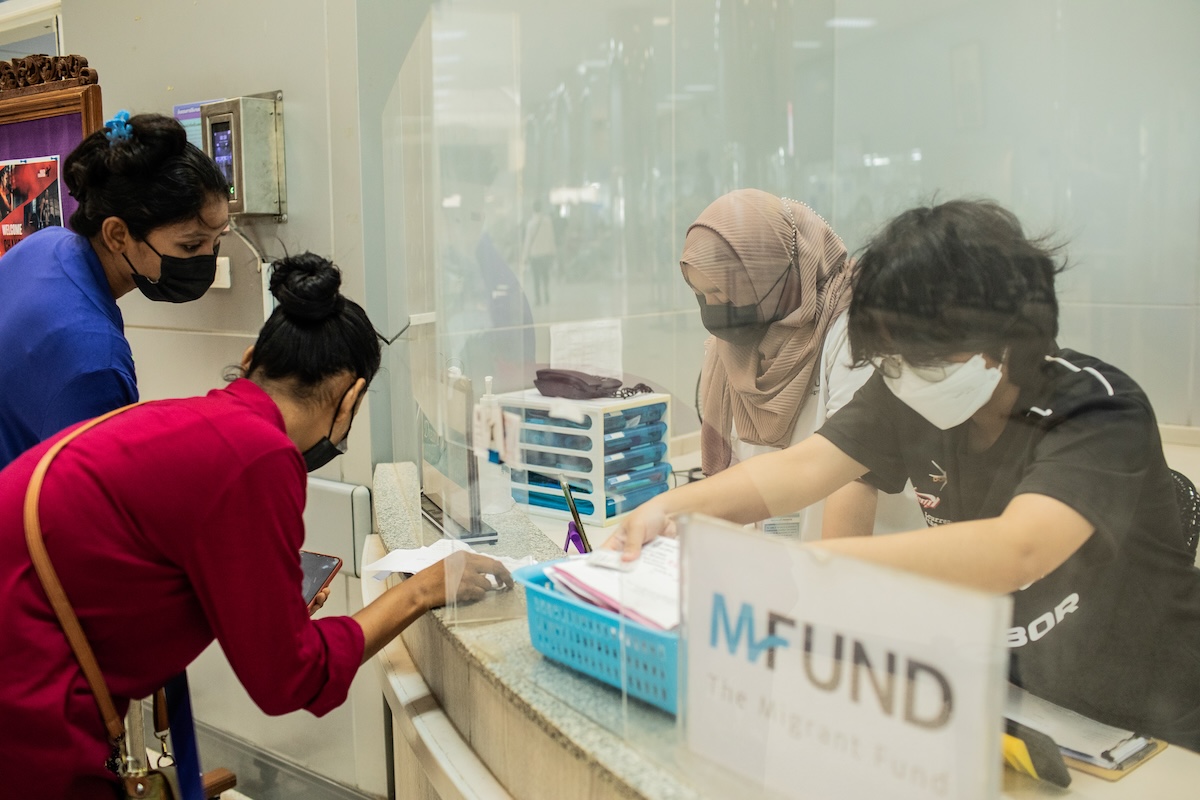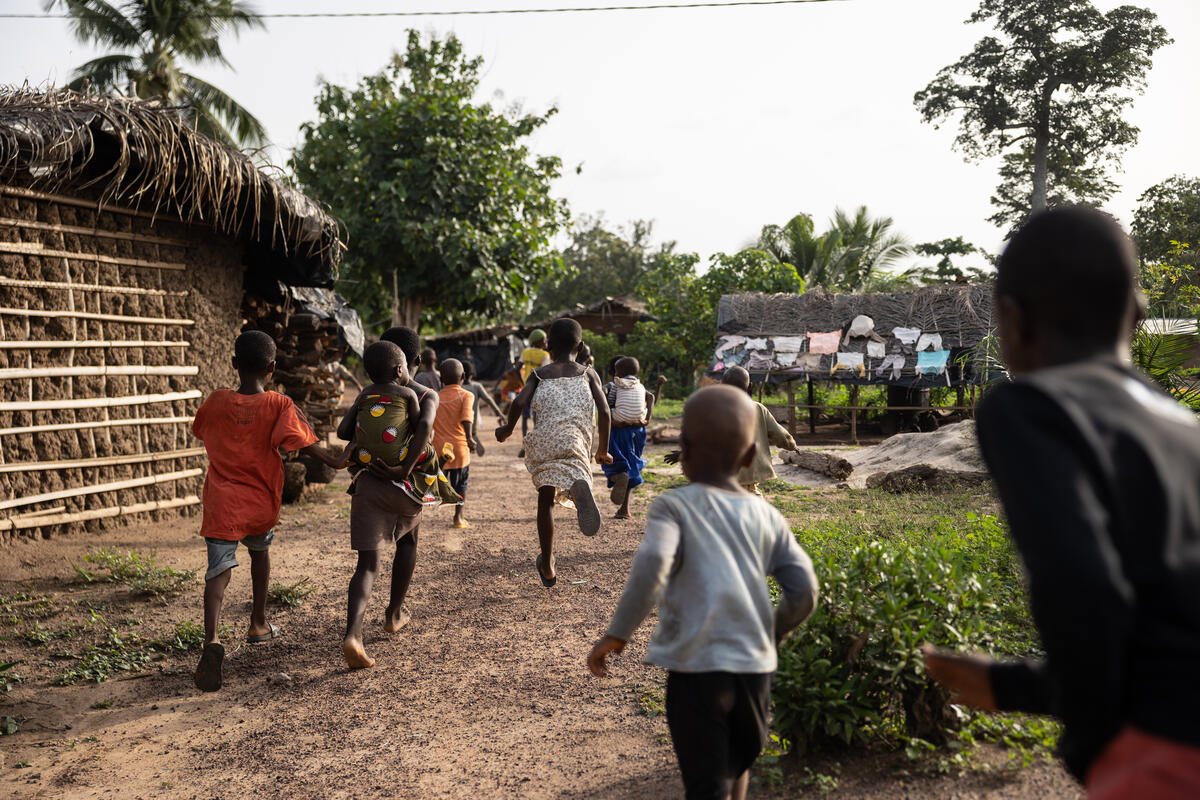The second phase of the project SAPEMA aims to improve access to healthcare for Burundi’s fishing communities, which are often overlooked in public policy, especially when it comes to HIV/AIDS, other communicable diseases, and sexual and reproductive health.
Context
Due to their living and working conditions, Burundi’s fishing communities—composed of fishermen, fishmongers, and their families—face significant challenges in accessing primary healthcare services. They are more vulnerable to health issues such as HIV/AIDS and other sexually transmitted infections (STIs), malaria, and unplanned pregnancies. The first phase of the project SAPEMA (stands for Santé des pêcheurs et des mareyeurs in French; Fishermen and Fishmongers’ Health) was funded by L’Initiative between 2020 and 2023. It enabled the lead organization Essentiel and its partners, SWAA-Burundi and COPEDECOBU, to provide community health services and advocate to local administrative and health authorities for better consideration of these communities’ specific needs along the shores of Lake Tanganyika.
Description
This new phase of the SAPEMA project continues to focus on improving the health of fishermen and fishmongers by increasing access to sexual and reproductive health services and raising awareness about the prevention of HIV/AIDS, STIs, hepatitis, malaria, tuberculosis, and COVID-19. Another key component is expanding access to maternal and child health services and combating gender- based violence.
The project delivers community health services through health centers located near fishing beaches on the shores of Lake Tanganyika, supported by peer educators. It also includes awareness, prevention, and health guidance activities for fishing communities around the northern lakes of Cyohoha and Rweru.
Impact
By building on the progress made in the previous phase, SAPEMA II aims to make these results sustainable by strengthening the capacities of all stakeholders involved and gradually transferring responsibility for funding and implementation to local associations, administrative bodies, and health authorities at both the local and national levels.
